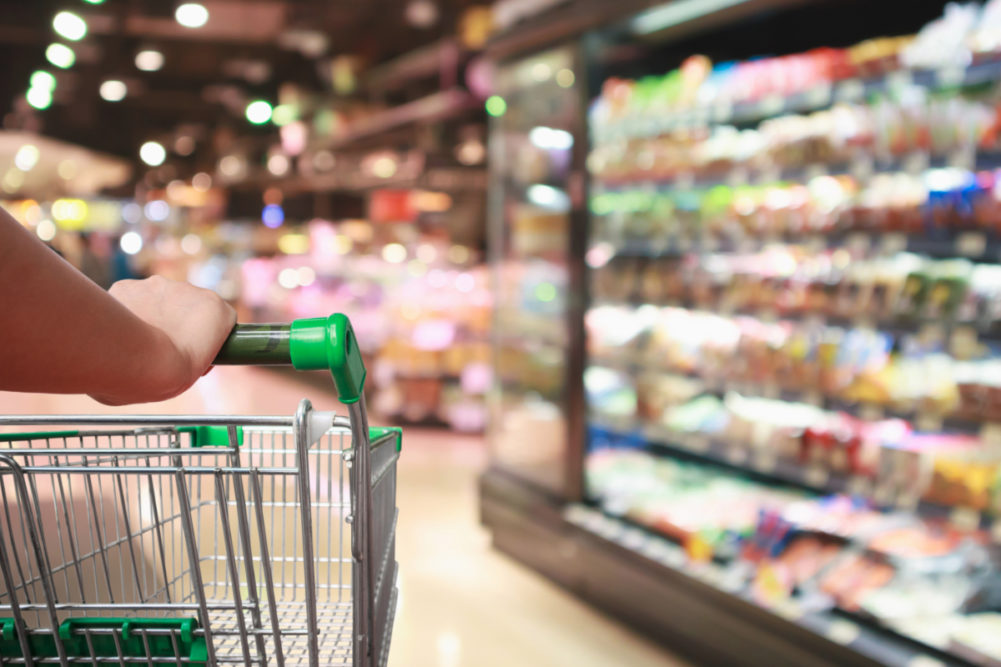CHICAGO — A wide-ranging midyear trends report from Datassential identified several consumer insights and industry issues, along with forecasting what’s coming up in the world of food and beverages in 2025.
The Chicago-based digital research company found 60% of consumers say they have changed how they shop or what they buy due to higher prices at the grocery store.
Members of Gen X (67%) were more likely to say this than any other generation, “which was a little surprising to the team,” said Renee Lee Wege, trendologist and senior publications manager for Datassential. She added about one-third of respondents said they have noticed higher prices but haven’t changed how they shop, while just 6% said prices haven’t changed on the items they typically buy.
“Personally, I’ve started going to three to four grocery stores/store types now to get the best deal on what I need,” Wege said.
When selecting new items to buy, 60% of consumers said they read nutrition labels, the report found. However, 58% said they do not take nutrition or diet into consideration when choosing somewhere to dine out.
The report said consumers’ top three most common diets or dietary restrictions are low or reduced sodium, low sugar and low calorie, Wege said.
Datassential also asked consumers about their preferences for ordering meat-free dishes, and more than one-third said they would choose a center-of-the-plate produce option, such as eggplant Parmesan or cauliflower steak, Wege said. Nearly 20% said they choose plant-based meats, but a majority said it was an equal split, she added.
Survey questions about cooking oils and alternative sugars revealed consumers are focusing more often on healthful products viewed as more sustainable and less inflammatory.
“We asked consumers what they consume or cook with most frequently, and olive, vegetable and canola bubbled to the top, with olive being consumed or used frequently by 52% of consumers,” Wege said. “Peanut and soybean were the most avoided, which makes sense with allergies.”
Consumers asked about alternative sugars identified the ones they use most at home as honey, brown sugar and maple syrup, the report said.
Wege noted that one-third of consumers said they didn’t use any of the dozen or so alternative sugars out there, “so there’s definitely a contingency of consumers who are using plain old white sugar,” she said. “Overall, consumers aren’t more likely to purchase foods and beverage made with white sugar alternatives simply because they’re made with alternatives.”
For 2025, the Datassential report identified cold brew as a coffee trend to know and salted egg yolk as a flavor trend to know. Wege said the latter is an ingredient she grew up with and one finally starting to seem like it’s going to be “a thing” in the United States.
“This flavor is super unique, a little sweet, a little savory, kind of funky and has umami, so there’s a lot going for it, including easy inclusion as a flavor for anything from coffee (salted egg yolk foam) to popcorn,” she said.
The 2024 Midyear Trends Report was based on responses from about 1,500 consumers who completed online surveys in May and 400 foodservice operators who were surveyed via the Datassential panel.
